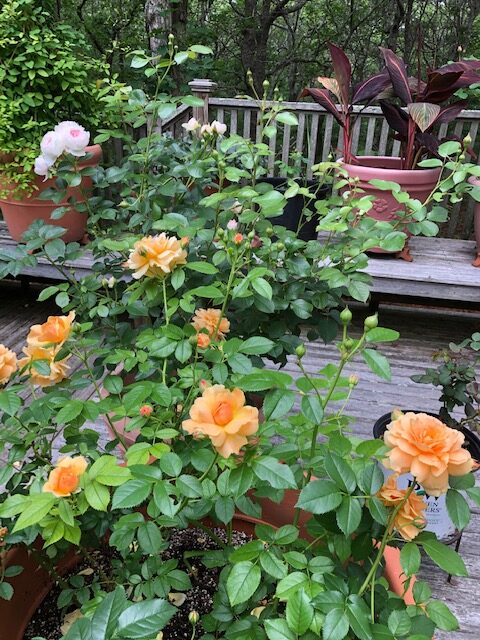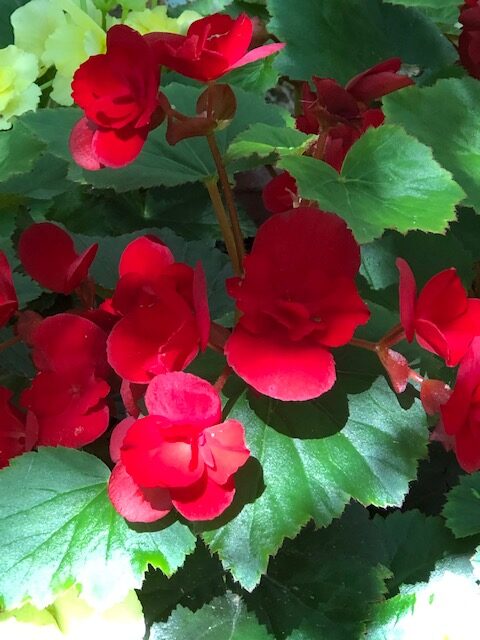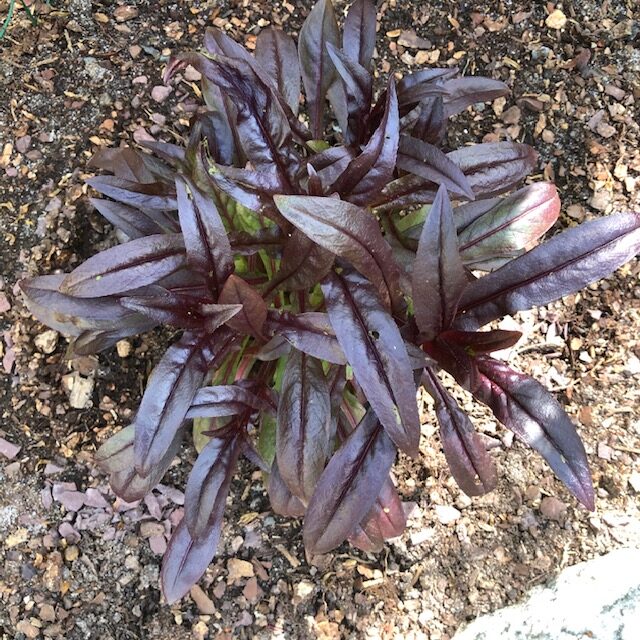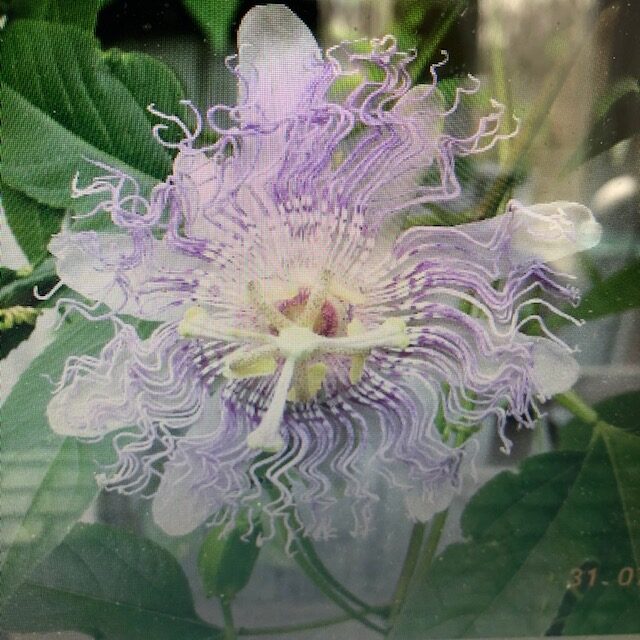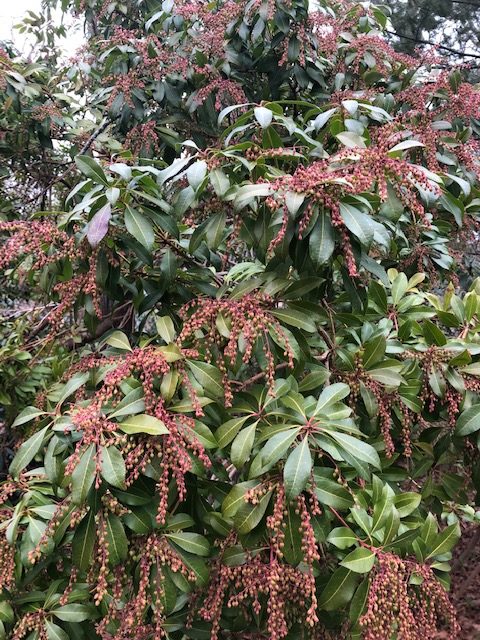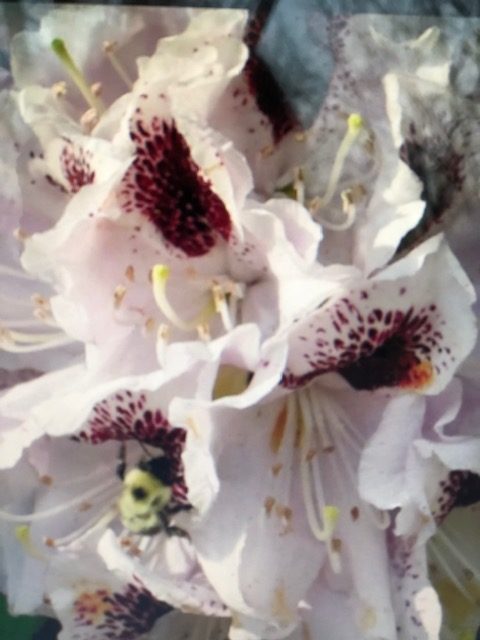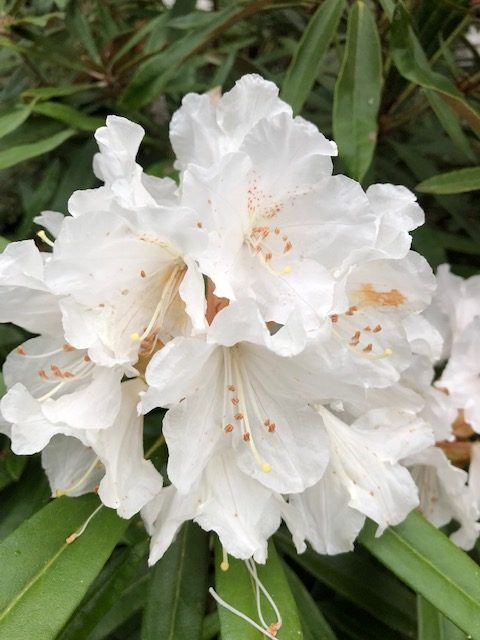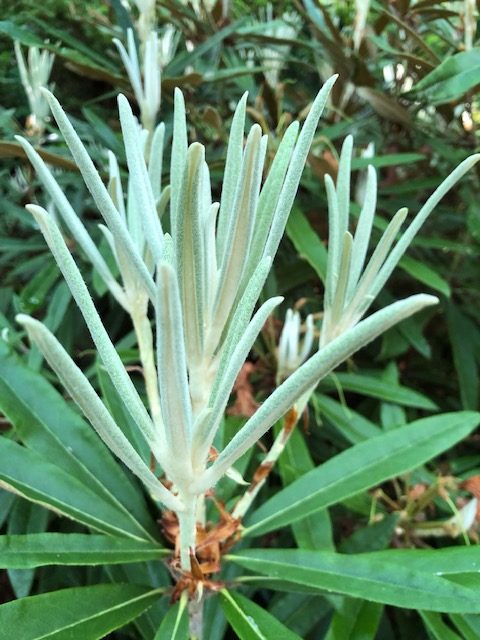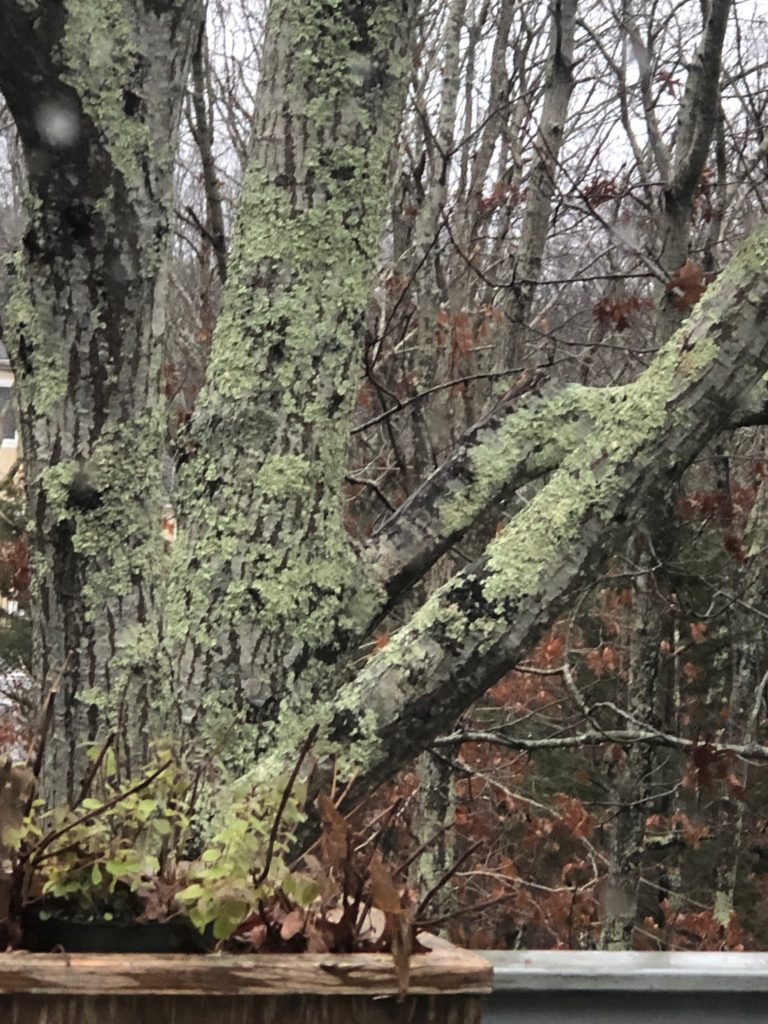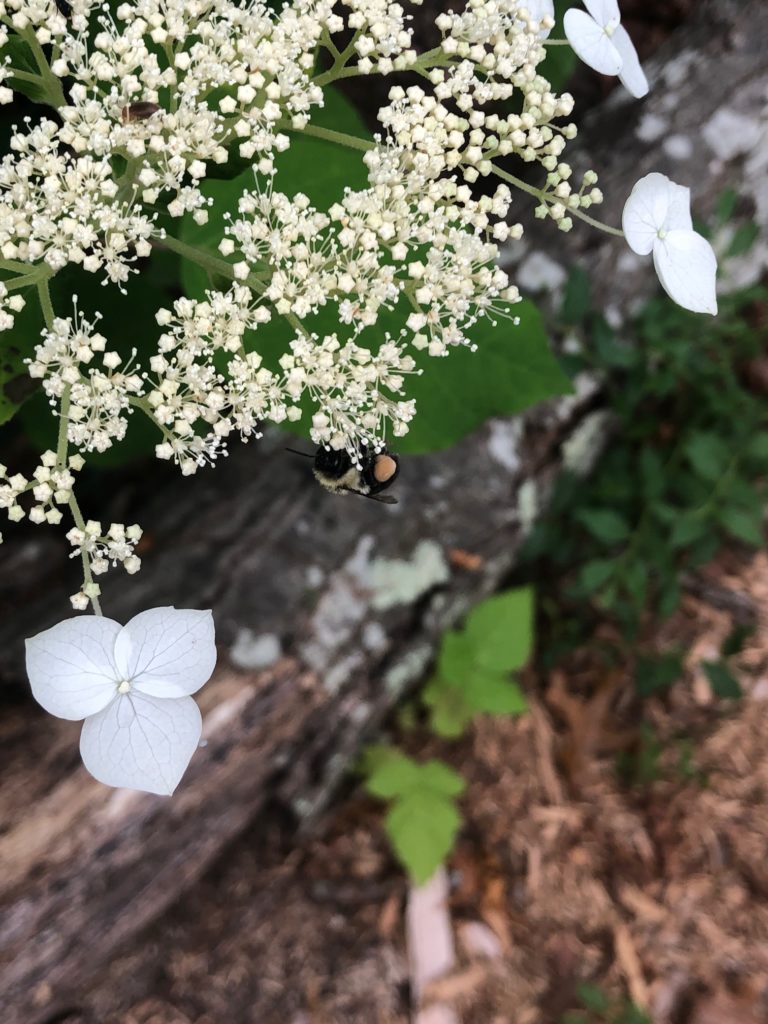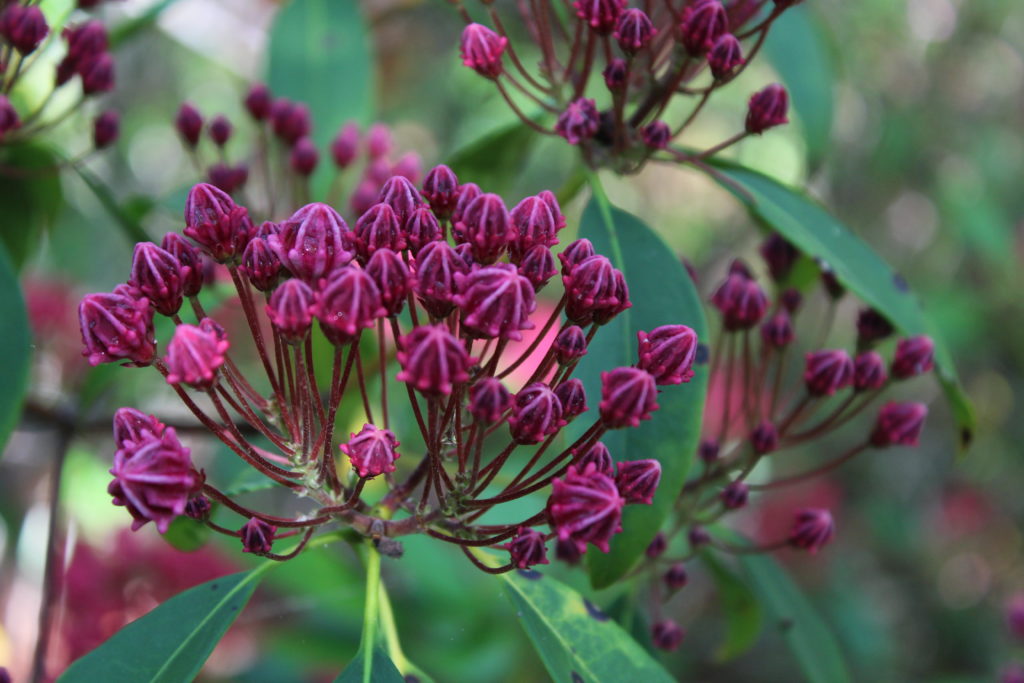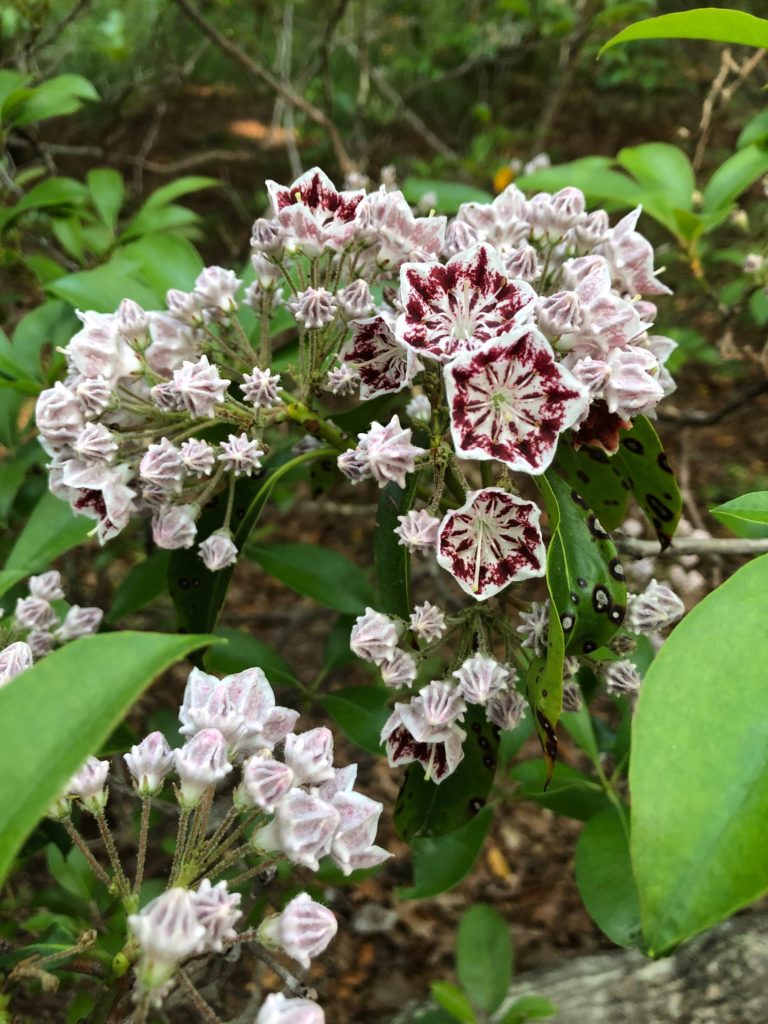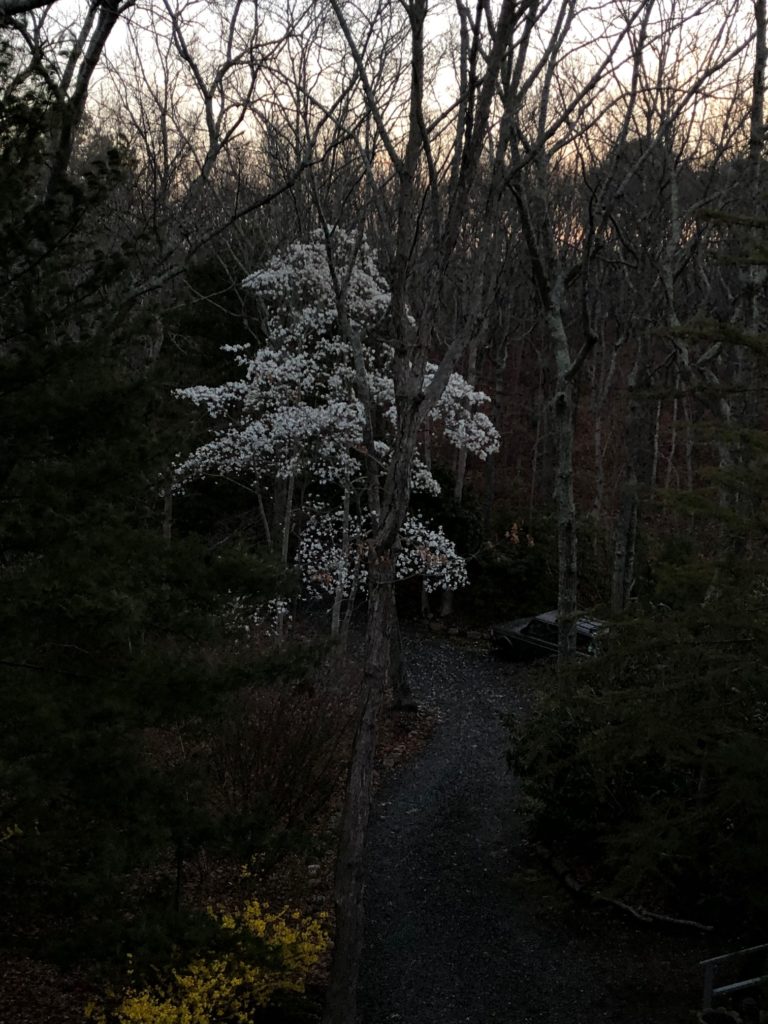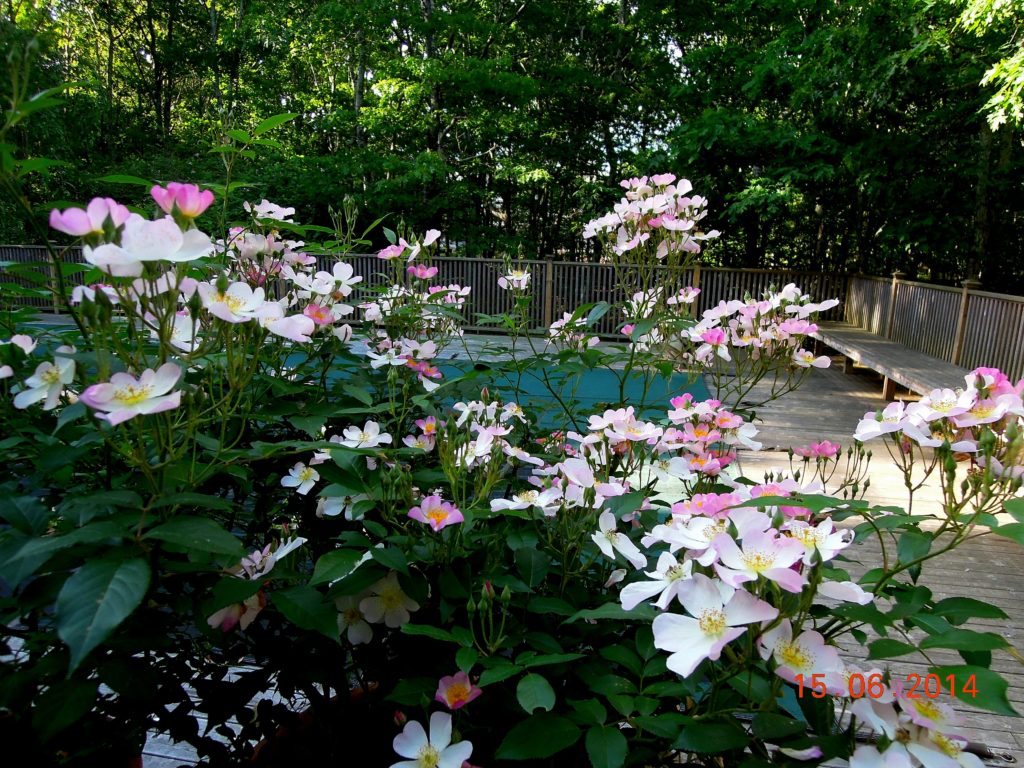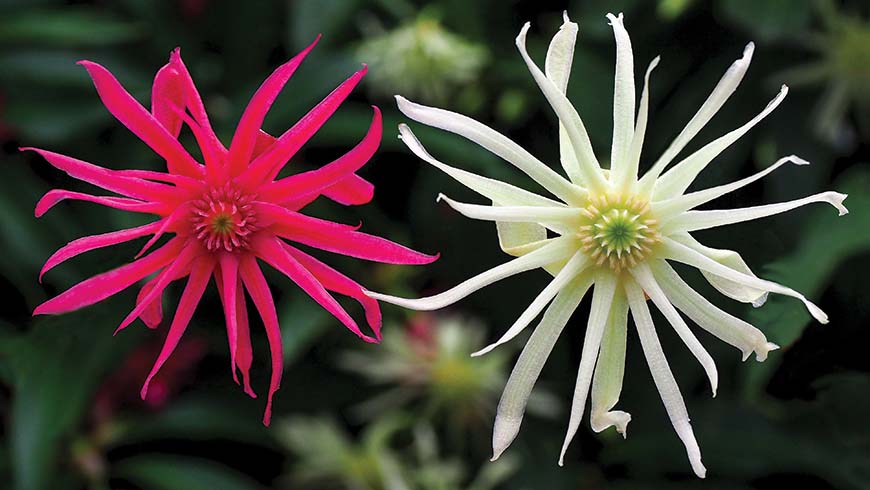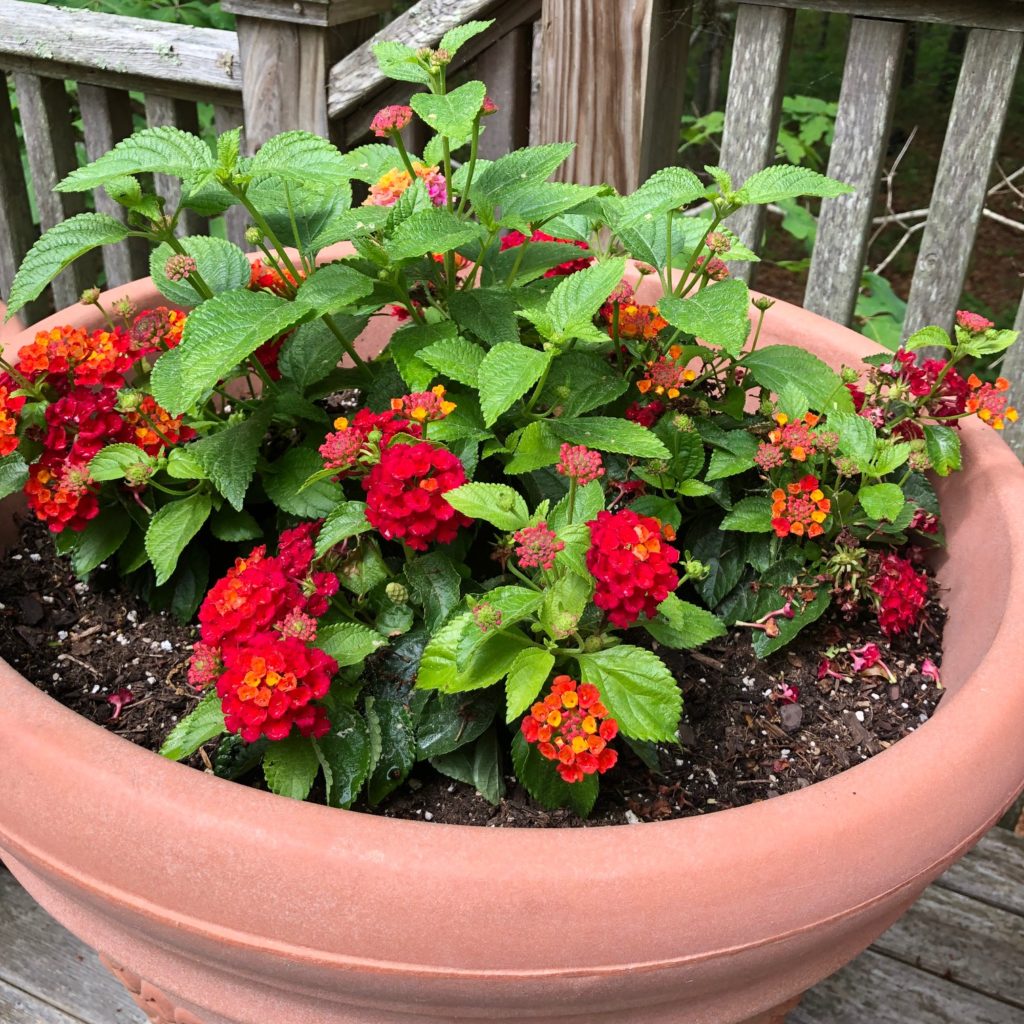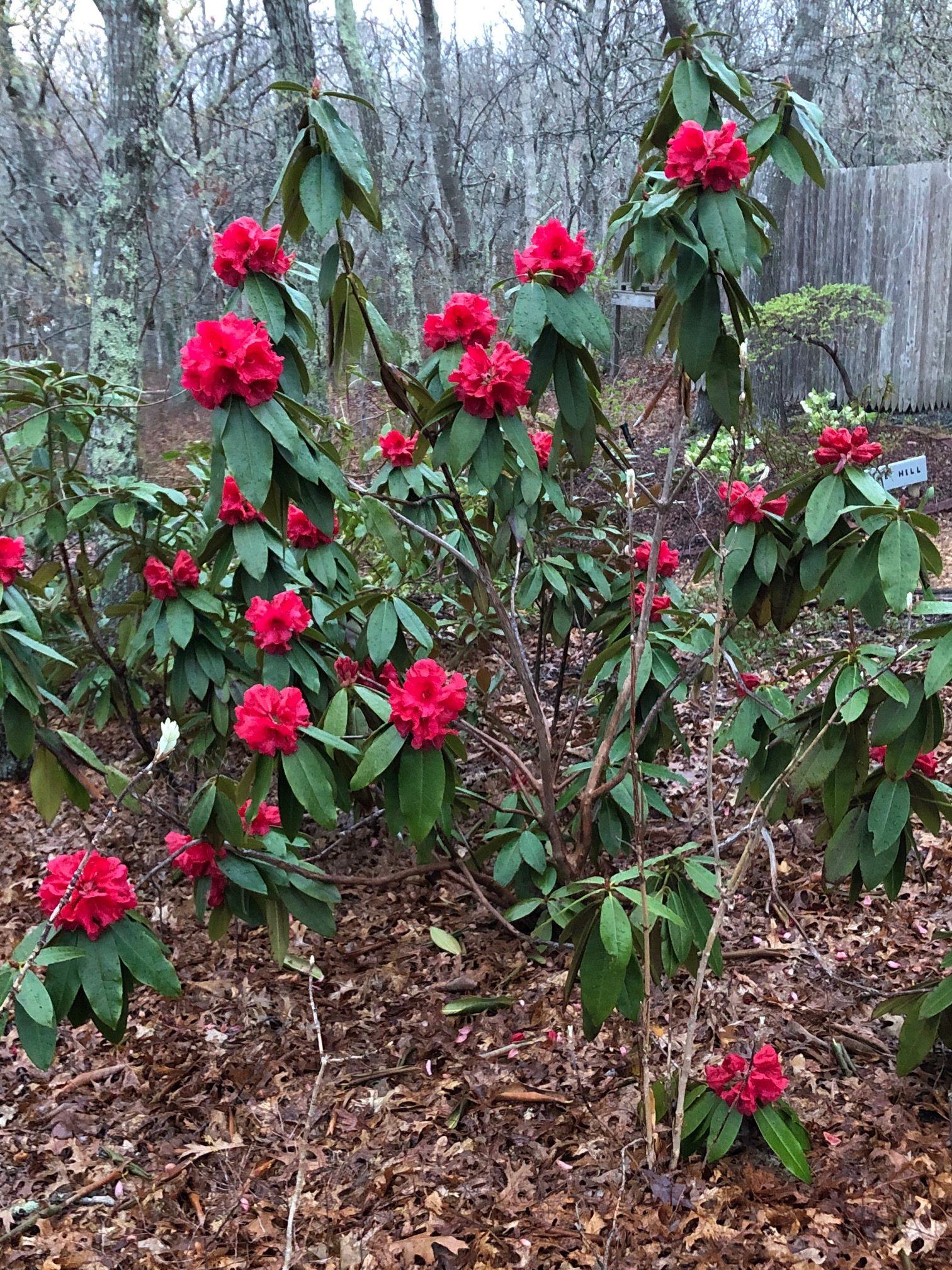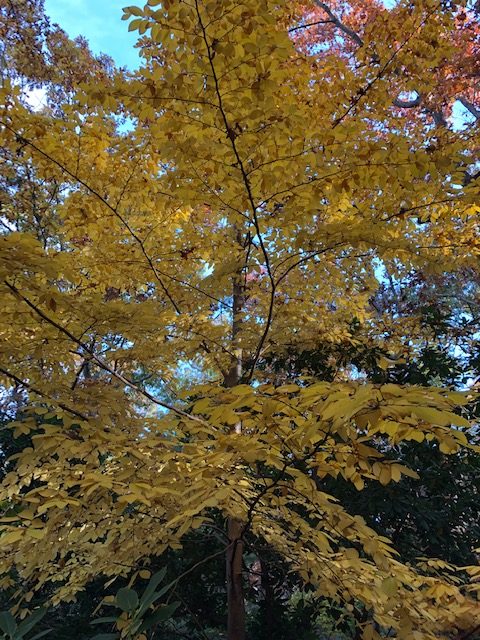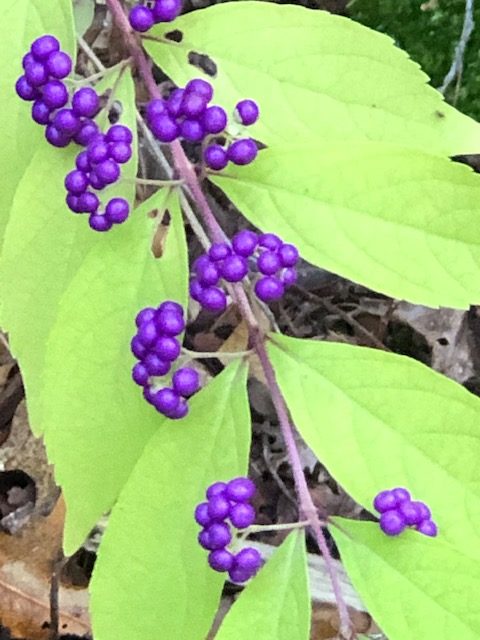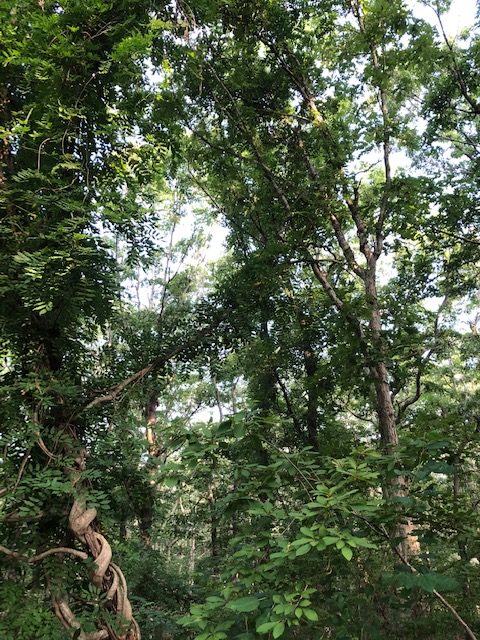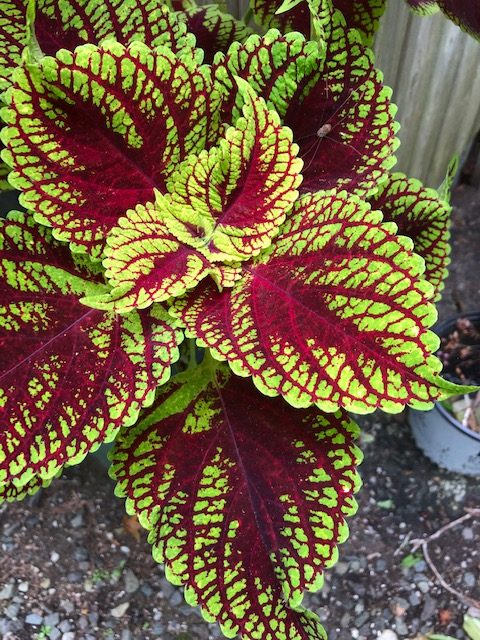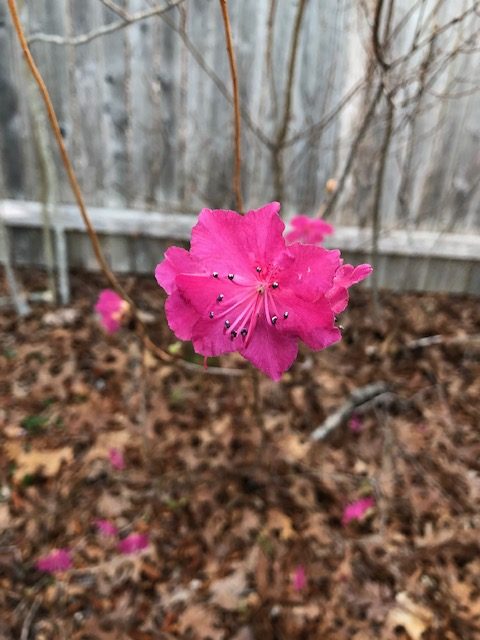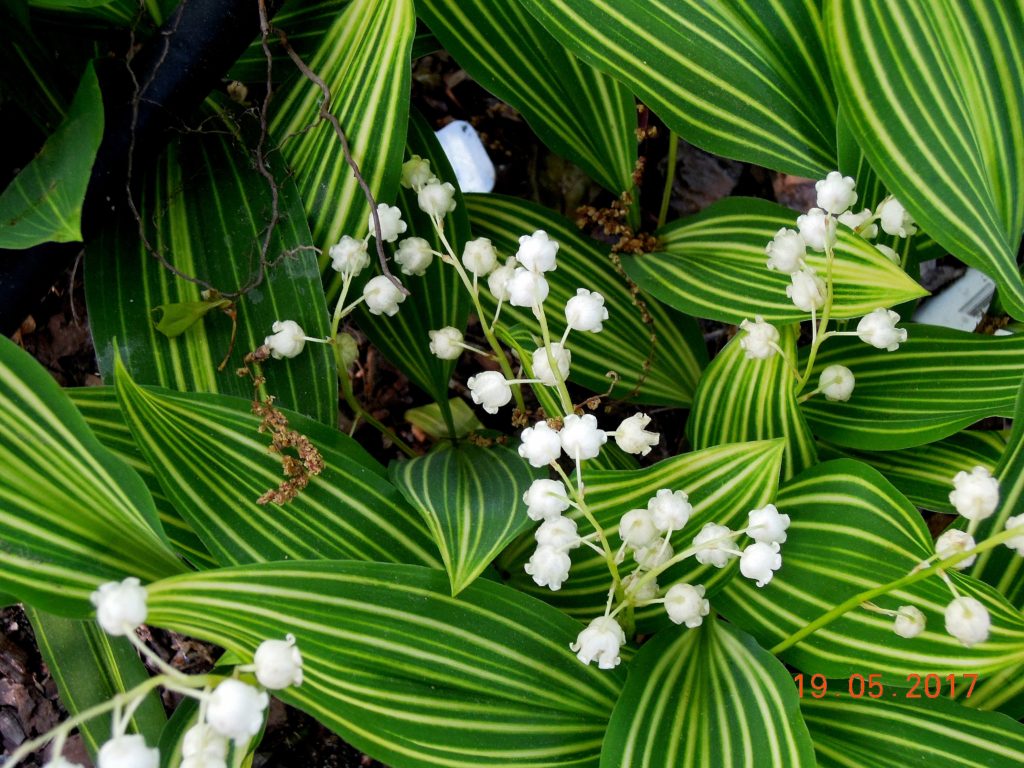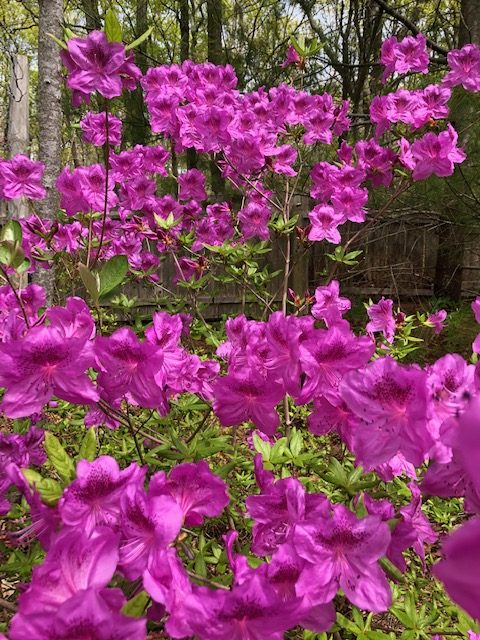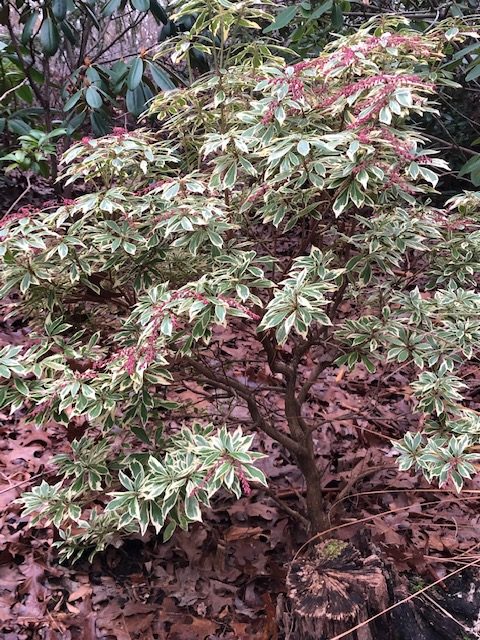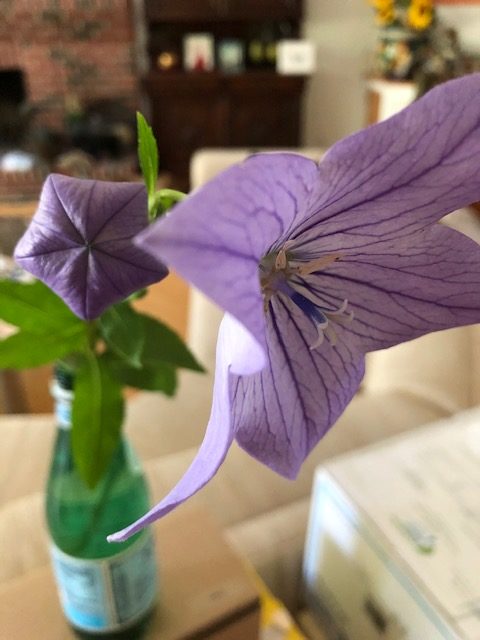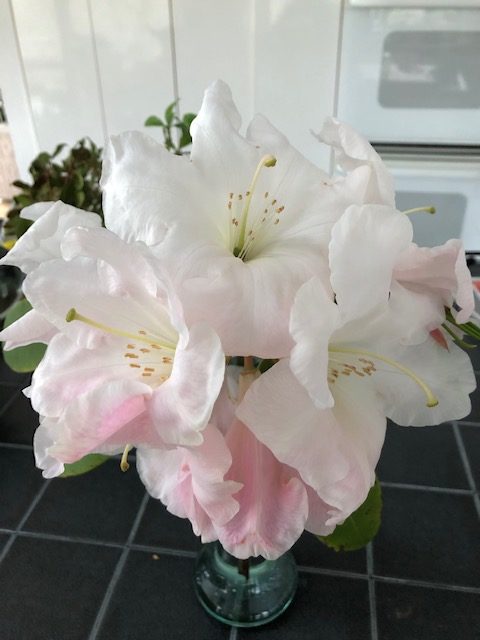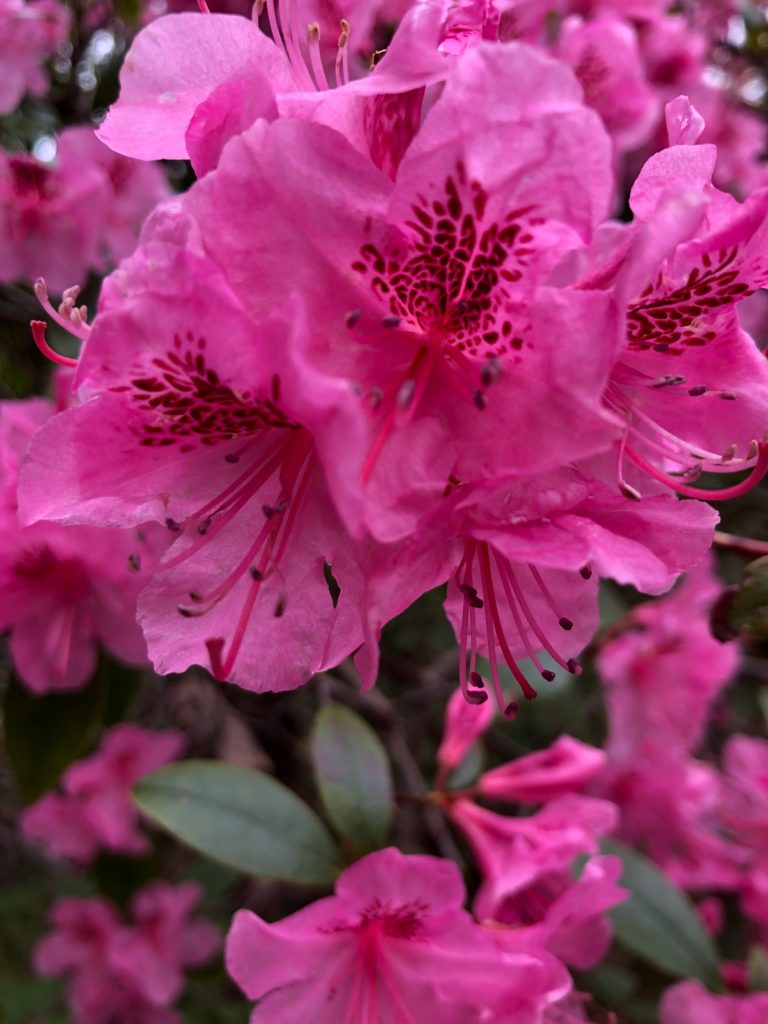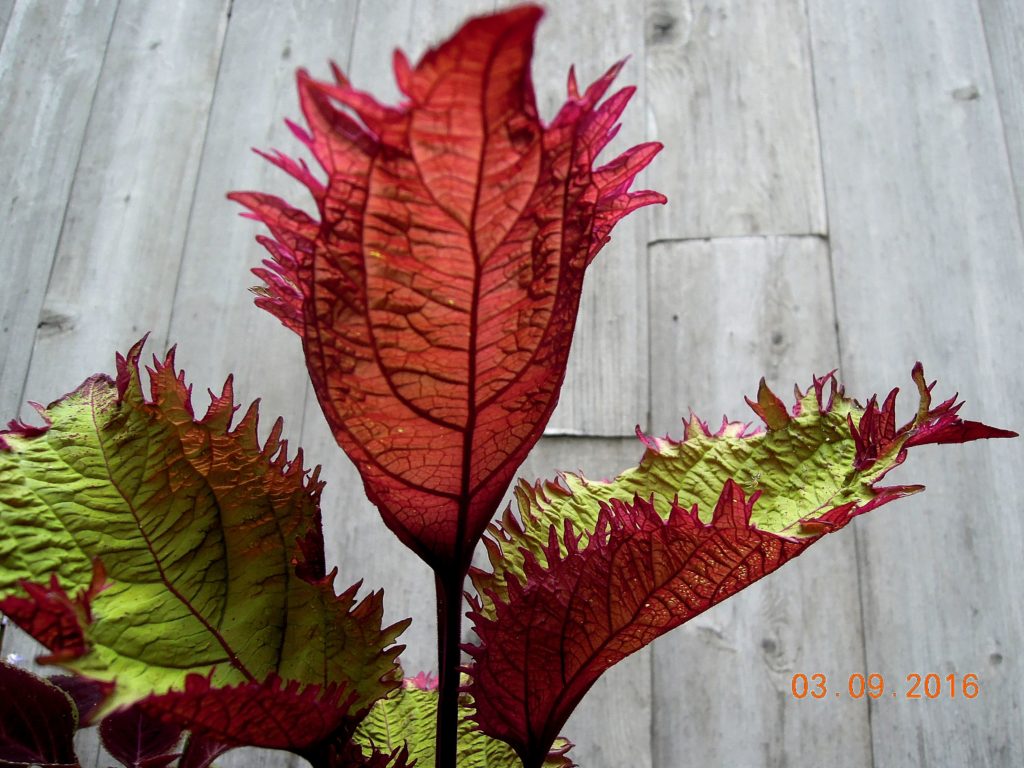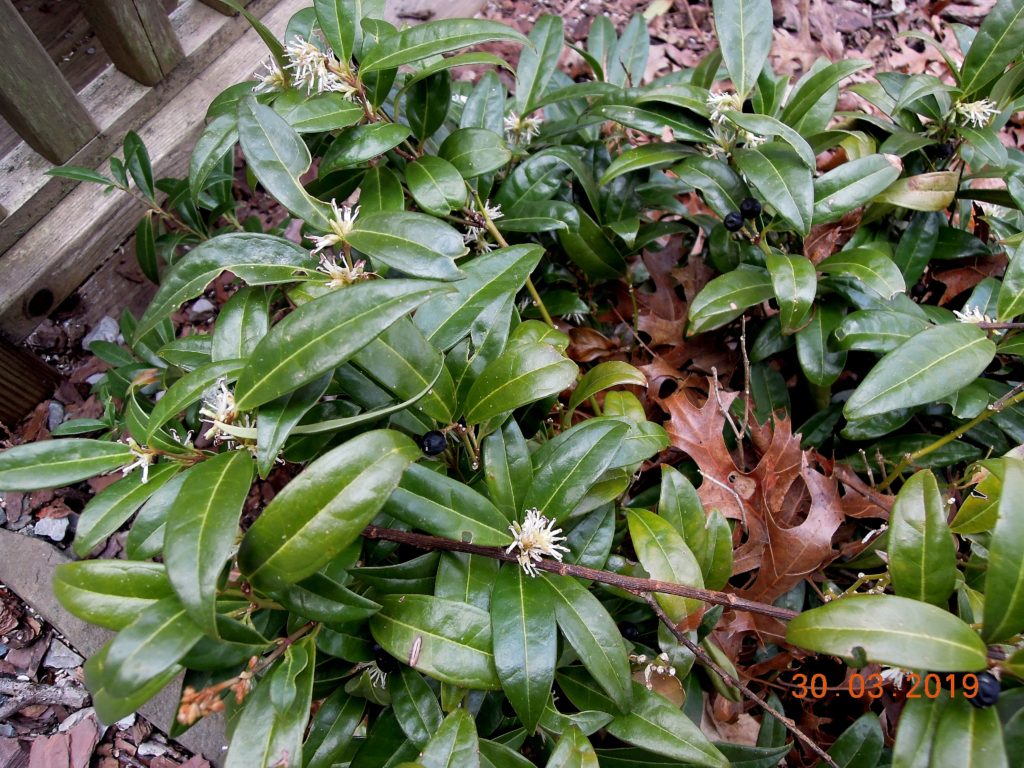Recent scientific studies have found that increasing your sense of smell can sharpen your mind and improve your mental health. As one expert observed: “The olfactory system is the only sensory system that has a direct superhighway projection into the memory centers and the emotional centers of your brain.” A professor of olfactory sciences at the Dresden University of Technology suggested, “helping your brain may be as simple as taking time to smell the roses.”
Consider welcoming to your garden the fragrant beauty Proven Winners At Last Rose Z 5-9. The shrub has graced my zone 7a organic garden for four years. It is planted in a large container in a mix of organic potting soil and compost. The rose’s foliage is healthy and very disease-resistant. At Last blooms continually and abundantly from May to frost. The flowers are beautiful at all stages of growth and spill their divine fragrance on the air. Photos below.
This year I ordered, inter alia, a variety of shade-loving annual Begonias directly from Proven Winners. For awesome explosions of color, I planted an old, broken, red wheelbarrow with Rieger Solenia Yellow Begonia and Rieger Solenia Scarlet Begonia, and a front-step-rail container with the orange spiller, Santa Cruz Begonia boliviensis. Photos below.
I also added two new pollinator-magnet perennials to the garden this year, purchased from a local source, Talmage Farm Agway, in Riverhead New York:
Ajuga reptans ‘Burgundy Glow’ (Bugleweed) Z 3-8
For decades, I’ve enjoyed the purple Spring flowers of the common ground cover Ajuga reptans, but I’m not a fan of its blah-green foliage. Burgundy Glow’s variegated foliage adds panache to the garden for the entire growing season. Photo below.
Penstemon Dakota Burgundy (Beardtongue) Z 3-7
This Penstemon’s new foliage emerges dark purple and when grown in shade changes to a rich dark green. The showy June flowers are white splashed with purple with purple stems. When the flowers fade, the plant produces handsome seed heads. Photos below.
When I left Talmage Farm, a lovely bird followed me home. I named him Agway.
Talmage Farm Agway, 1122 Osborn Ave, Riverhead, New York, has a varied and interesting inventory of plants and garden art. For purchasing help and expert garden advice ask for Sherry. Tel: 631-727-3100; e-mail: agway@talmagefarm.com
